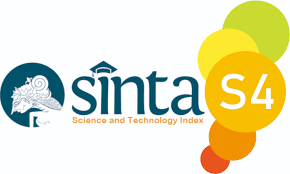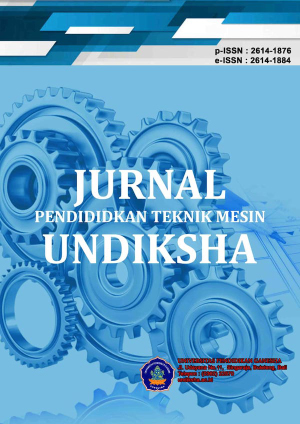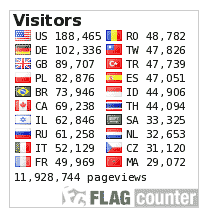ST41 Tensile Strength Analysis of Spiral Groove Welding with Three Current Variations
DOI:
https://doi.org/10.23887/jptm.v8i2.27590Abstract
Welding is one of the important aspects in the process of joining metal, iron or steel. This study aims to determine the effect of SMAW welding techniques in spiral grooves with variations in currents of 100 Amperes, 110 Amperes and 120 Amperes to the tensile strength of St 41 steel. This research is an experimental study conducted in two places namely BLKI Singosari, Malang and Faculty of Engineering, ITN Malang, East Java. The results showed that the current strength and electrode flow in welding have an influence on the tensile strength even though the results are not significant. Average tensile strength at 100 Amperes current is 46.75 Kgf / mm², at 110 Amperes current is 44.87 Kgf / mm², and at 120 Amperes current is 43.80 Kgf / mm². The results of this test indicate that the variation of the current in SMAW welding with the spiral groove method influences the tensile strength of St 41 steel. Based on the findings in this study it can be concluded that the highest tensile strength value of 46.75 Kgf / mm² occurs in welding spiral grooves with strong currents of 100 Ampere.
Keywords : SMAW welding; spiral groove, strong current, tensile strength; ST41.
References
Anwar, B. (2017). Analisis kekuatan tarik hasil pengelasan posisi bawah tangan dengan perbedaan variasi kuat arus listrik pada baja st 42. Teknologi, 16 (1), 18-24.
Budiman, H. (2016). Analisis pengujian tarik (tensile test) pada baja st37 dengan alat bantu ukur load cell teknik mesin. J-Ensitec, 3(1), 9-13.
Daryanto. (2012). Teknik Las. Bandung: Alfabeta
Gunawan, Y. Endriatno, N. Anggara, B, H. (2017). Analisa pengaruh pengelasan listrik terhadap sifat mekanik baja karbon rendah dan baja karbon tinggi. Enthalpy Jurnal Ilmiah Mahasiswa Teknik Mesin, 2(1), 2502-8944.
Imam, P, M. dan Sarjito, J, S. (2012). Analisis kekuatan sambungan las smaw (shielded metal arc welding) pada marine plate st 42 akibat faktor cacat porositas dan incomplete penetration. KAPAL, 5(2), 102-113.
Kolo, J.M., Nugraha, I.N.P. & Widayana, G. (2017). Pengaruh variasi arus terhadap kekuatan impact dan kekerasan material st 37 menggunakan proses pengelasn gas tungsten arc welding (GTAW). Jurnal Pendidikan Teknik Mesin Undiksha, 8(2), 1-10.
Kurniawan, S, A., Solichin & Puspitasari, P. (2014). Analisis kekuatan tarik dan struktur mikro pada baja st.41 akibat perbedaan ayunan elektroda pengelasan SMAW. Jurnal Teknik Mesin, 22(2), 1-12.
Mohruni, A, S. dan Kembaren, B, H. (2013). Pengaruh variasi kecepatan dan kua arus terhadap kekerasan, tegangan tarik, strukturmikro baja karbon rendah dengan elektroda e6013. Jurnal Rekayasa Mesin, 13(1), 1-8.
Pranawan, D, F, B. dan Suwito, D. (2016). Pengaruh teknik pengelasan alur spiral, alur zig – zag, dan lurus pada arus 85 a terhadap kekuatan tarik baja st 41. Jurnal Teknik Mesin. 4(2), 29 – 32.
Siswanto & Amri, S. (2011). Konsep dasar teknik las. Edisi 1. Jakarta : PT. Prestasi Pustakaraya.
Weman, K. (2003). Welding processes handbook. Woodhead Publishing Limited, Cambride.
Widharto, S. (1996). Petunjuk kerja las. Jakarta: Pradnya Paramita
Wiryosumarto. 2000. Teknologi pengelasan logam. Jakarta: PT. Pradnya Paramita.
Downloads
Published
Issue
Section
License

Jurnal Pendidikan Teknik Mesin Undiksha is licensed under a Creative Commons Attribution-ShareAlike 4.0 International License.










